Participating in the Performance Program
The Performance Program is a voluntary evaluation program designed to help breeders select animals that will propel them toward their breeding goals. The program is based on performance data submitted by breeders and genetic selection tools generated by the Canadian Angus Association.
The most powerful breeding tools used to evaluate cattle herds are Expected Progeny Differences (EPDs). EPDs are values that predict how the future progeny of an animal will perform relative to the progeny of other animals in the breed. EPDs allow for a fair comparison of animals in different herds, and even in different countries.
The Canadian Angus Association evaluates Black and Red Angus animals together with American and Australian Angus cattle in the World Angus Evaluation. The World Angus Evaluation launched in October 2023. Together, the Canadian Angus Association, American Angus Association and Angus Australia genetic evaluation includes more than million animals that have been genomically tested.
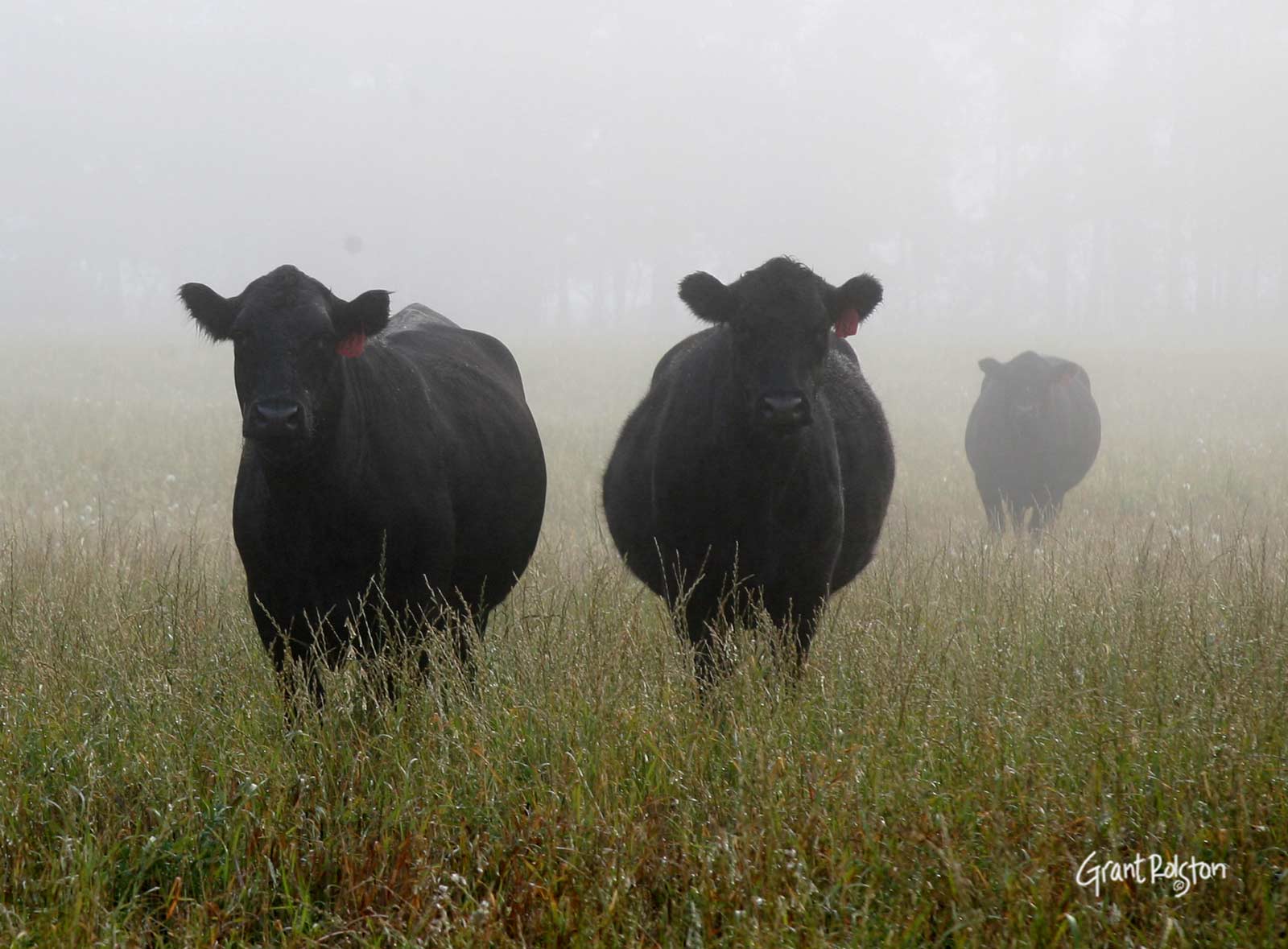
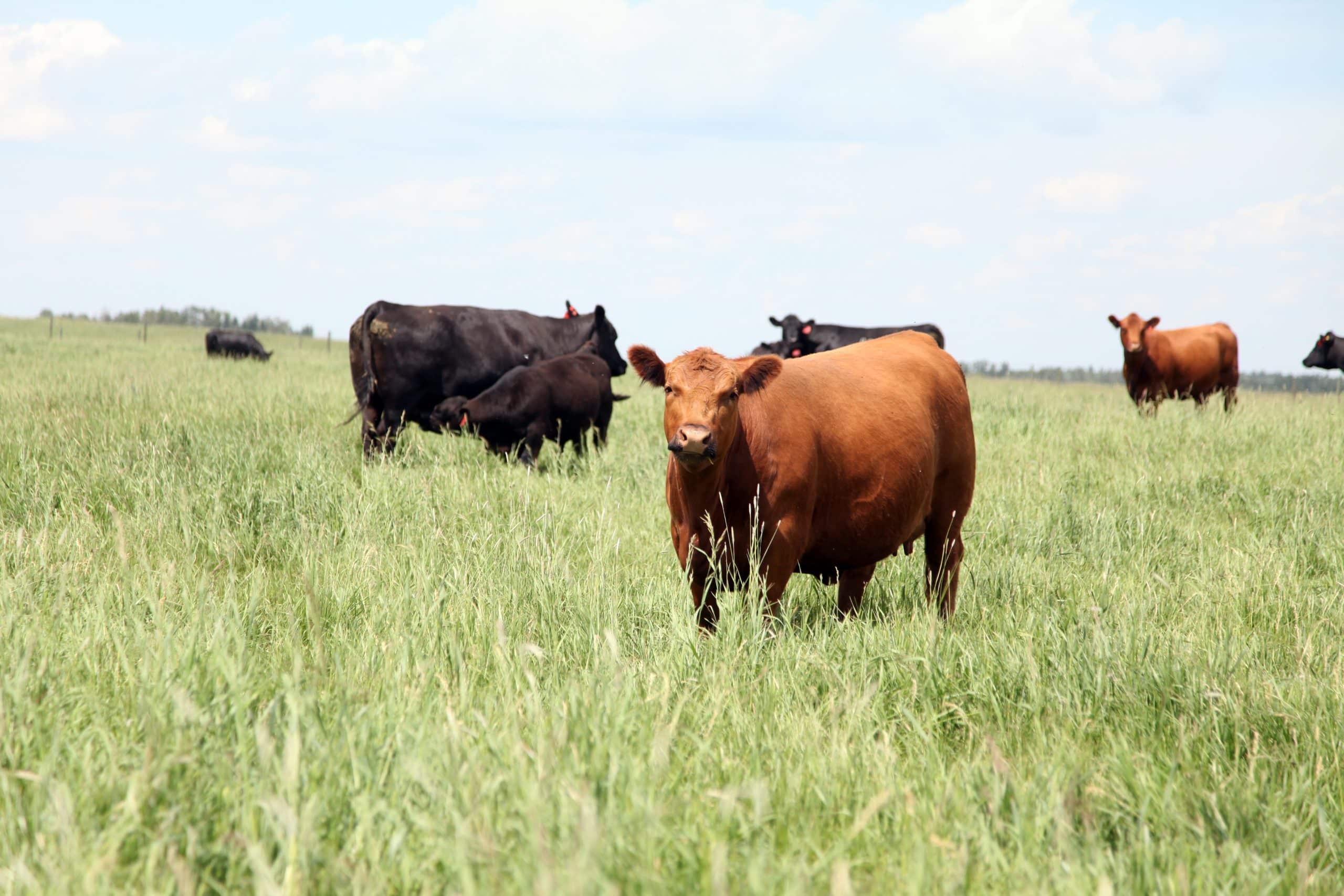
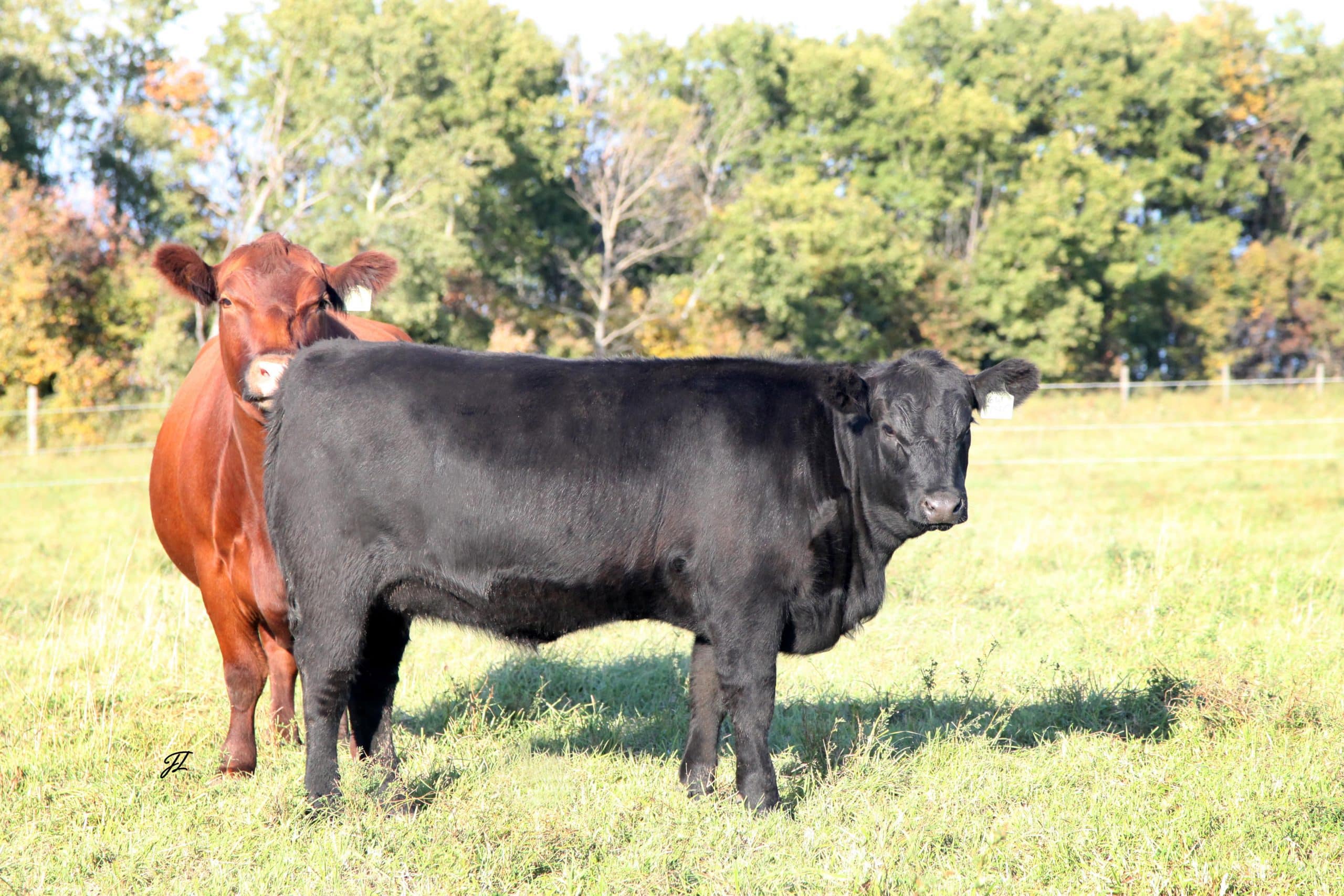
The Performance Program is based on whole herd reporting. This means every cow in the herd inventory must have either a calf or a cow status code reported. Members are required to complete their cow inventory and submit weaning weight information every season.
Members are also encouraged to submit birth weights, calving ease information, yearling weights, scrotal circumference, hip height, ultrasound scanning data, feed intake data, foot scores, docility scores, teat and udder scores, and mature cow weight, height and body condition score to strengthen their EPDs. As of January 1, 2024, there are no fees associated with participating in the Performance Program.
All EPDs have a percentile ranking to summarize where in the breed the animal ranks.
The information provided through whole herd reporting contributes to:
- Growth EPDs (Birth, Weaning & Yearling Weight)
- Fertility Trait EPDs (Calving ease Direct and Maternal, Heifer Pregnancy, Stayability, Milk, Scrotal Circumference EPDS)
- Carcass Trait EPDs (Rib Eye Area, Fat, Marbling, Carcass, Yield Grade EPDS)
To evaluate Calf 1, which weighed 560 lbs as shown below, we would compare it with the contemporary group average of 544. In this case, Calf 1 performed for weaning weight 16 lbs better than calves raised alongside it. This difference can be attributed to Calf 1’s growth genes, which it will pass on to its calves.
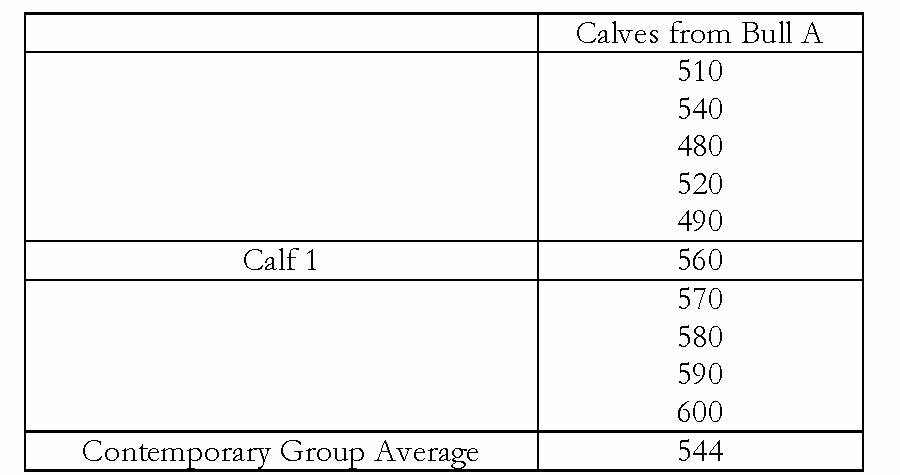
Not reporting the performance of all calves in a herd results in a biased evaluation. For example, a breeder who only weighed calves that were being retained and sold off the lighter half of the calves without weighing them would have unfairly biased the contemporary group average as shown below.
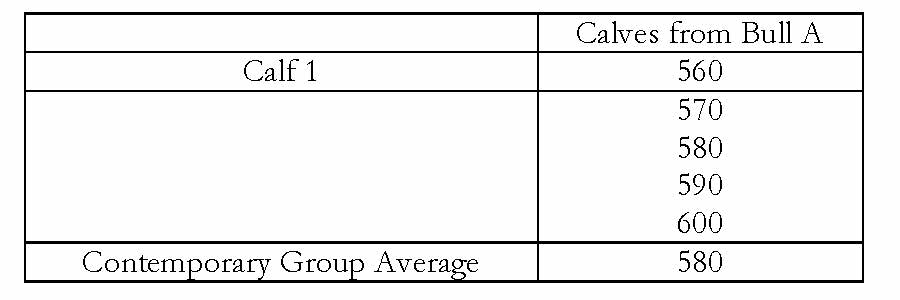
Because this breeder did not follow the rules of Whole Herd Reporting, Calf 1 now appears to have performed 20 lbs lighter for weaning weight than his contemporary group average. As a result, his weaning weight EPD will be lighter than it should be, and his additive growth genes will be undermined.
Measuring and Submitting Performance Data
Benefits of the Performance Program include:
- Participating members receive adjusted birth, weaning and yearling weight reports that ratio and rank their cattle for in-herd selection
- Reduced fees for both registrations and transfers
- EPD reports and performance reports generated after data submitted (if herd is compliant)
Performance Program Requirements:
Performance Program members who do not submit all of their information will receive a request to submit missing information. If missing information is not submitted, non-compliance can result in suspension from the Performance Program and a reinstatement fee will apply.
Measuring and Recording Traits:
We record pedigree, performance, and genomic information for use in our genetic evaluations. Performance on traits recorded through the Performance Program include maternal traits, growth traits, and carcass quality traits. For detailed instructions on how and when to measure each trait please refer to the data collection guide.



